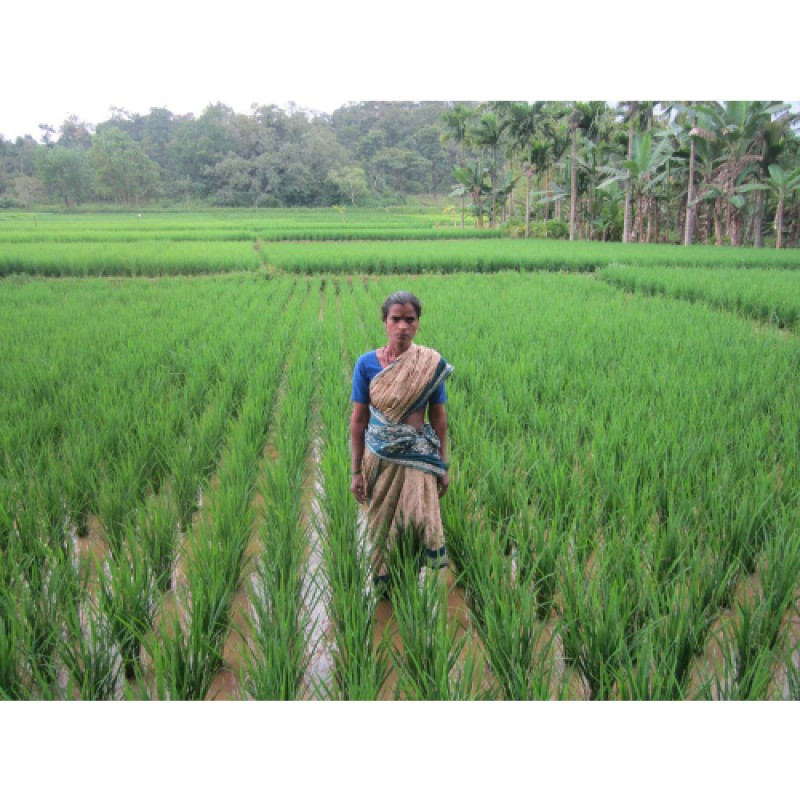SYSTEM OF RICE INTENSIFICATION
- HOME
- SYSTEM OF RICE INTENSIFICATION

Introduction to SRI
The System of Rice Intensification (SRI) is a climate-smart, agroecological approach to rice cultivation that increases yield while reducing inputs such as water, seed, and chemical fertilizers. Originating in Madagascar during the 1980s by Father Henri de Laulanié, SRI has now been adapted to local conditions in more than 50 countries, including India.
Core Principles of SRI
SRI is based on a set of simple yet powerful principles that focus on optimizing plant, soil, water, and nutrient management:
- Use of young seedlings (8–15 days old) to promote strong root growth.
- Single seedling transplantation instead of clumps to avoid intra-plant competition.
- Wider spacing (usually 25x25 cm or more) to allow better air and sunlight penetration.
- Intermittent irrigation (alternate wetting and drying) rather than continuous flooding.
- Enrichment of soil health using organic matter like compost and farmyard manure.
Key SRI Practices
Farmers adopt specific techniques under SRI to enhance productivity:
- Transplant young seedlings carefully to avoid root damage.
- Use a square planting method for uniform spacing.
- Apply organic compost instead of synthetic fertilizers.
- Perform regular mechanical weeding using a cono-weeder for soil aeration.
- Maintain moist, not flooded, fields to reduce water use and emissions.
Benefits of SRI
SRI provides multiple agronomic, environmental, and economic advantages:
Agronomic Benefits:
- Higher yields (up to 8–10 tons/ha compared to 3–4 tons/ha traditionally).
- Stronger and deeper root systems.
- Reduced pest and disease incidence.
Environmental Benefits:
- Up to 50% water savings through controlled irrigation.
- Reduced use of agrochemicals.
- Lower greenhouse gas emissions, especially methane.
Economic Benefits:
- Lower input costs (seeds, fertilizers, water).
- Increased profitability for small and marginal farmers.
- Better food security and nutritional outcomes.
Challenges in Adopting SRI
Despite its advantages, SRI also comes with some challenges:
- Initial learning curve and need for farmer training.
- Labor-intensive weeding and transplanting, especially at the start.
- Resistance to shifting from traditional methods.
- Requires careful timing and field monitoring.
